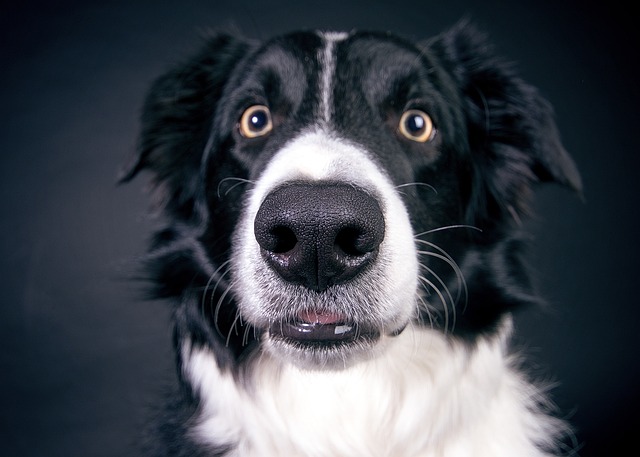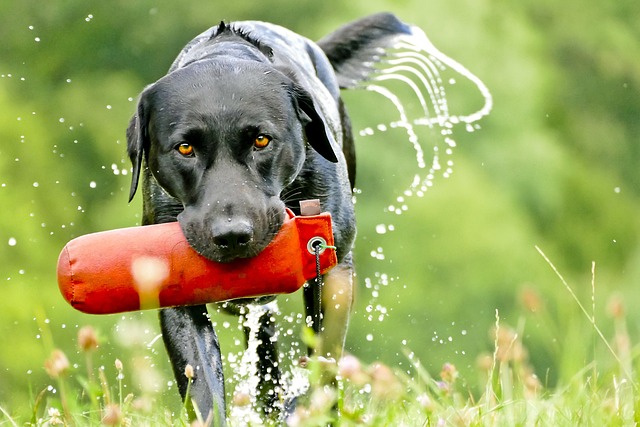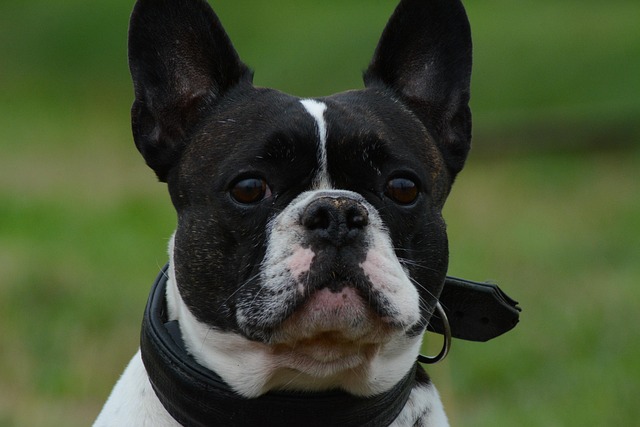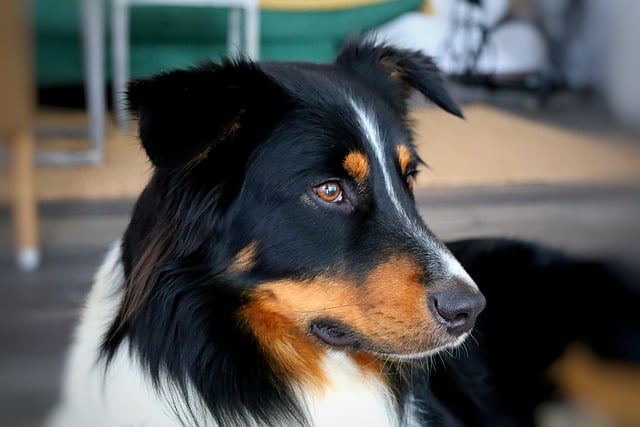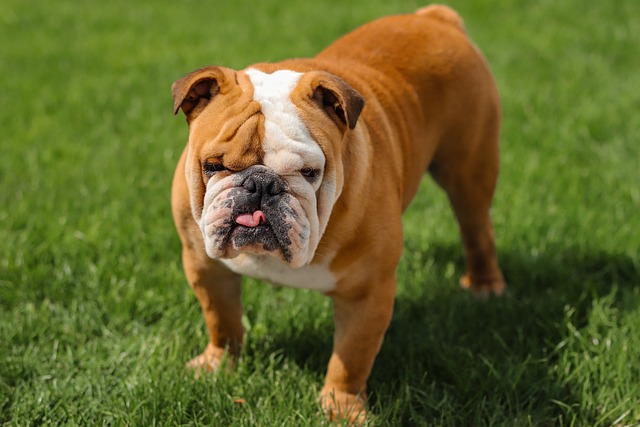When spring arrives, my snow-white Samoyed "Marshmallow" begins leaving tufts of cloud-like fur throughout the house, as if announcing the changing seasons in her own way. As a northern breed with a double coat, a Samoyed's shedding process is both a spectacular physiological event and a period requiring special owner attention. Behind those drifting white hairs lies the ancient breed's natural adaptation wisdom—and a test of every Samoyed owner's patience and care.
The Samoyed's iconic white coat isn't just for show. This sophisticated "insulation system" consists of two layers: longer, coarse guard hairs that repel water, and a dense undercoat as soft as cotton for warmth. This unique structure allowed Samoyeds to thrive in Siberian winters but also makes their shedding far more dramatic than other breeds. When "Marshmallow" begins blowing coat, a gentle brush yields handfuls of fluff—the very undercoat that served as her natural down jacket months prior.
Adult Samoyeds typically undergo two major shedding seasons annually, coinciding with spring (March-April) and fall (September-October). The spring shed lasts 4-6 weeks as they ditch winter insulation, while the shorter fall shed (3-4 weeks) prepares them for coming cold. However, indoor Samoyeds like "Marshmallow"—living in climate-controlled homes—often experience less predictable, prolonged shedding lasting up to two months, as consistent temperatures lack nature's clear seasonal cues.
New Samoyed owners are often startled by their puppy's first coat change. At 4-6 months old, Sammies shed their puppy fluff during a 2-3 month "coat transition" to adult fur. "Marshmallow" looked like a poorly groomed teddy bear at five months—with patchy, uneven fur—a humorous but vital developmental phase. Daily brushing proved crucial for helping her through this awkward stage comfortably.
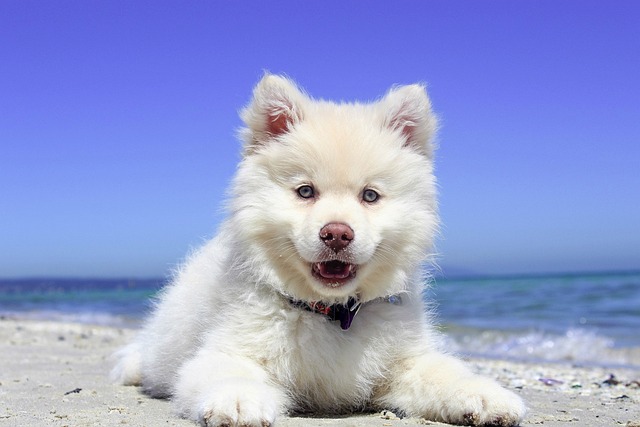
Multiple factors influence shedding duration. Beyond environment, nutrition plays a key role: A diet rich in omega-3s (like salmon oil) and high-quality proteins promotes efficient, healthy regrowth. My vet emphasized sunlight exposure too—UV rays support skin health for smoother transitions. Conversely, nutrient deficiencies can prolong shedding and cause dry, brittle fur.
Grooming becomes sacred ritual during shedding season. Armed with a slicker brush and undercoat rake, I learned to brush layer by layer—first lifting guard hairs to remove loose undercoat, then smoothing the topcoat. Our first thorough session yielded enough fur to stuff a pillow! Regular 15-20 minute brushings minimize household fur tumbleweeds while stimulating skin circulation for healthier regrowth.
Bathing requires special timing. While a deshedding shampoo can help release dead hair during peak shedding, overbathing strips protective oils. I schedule biweekly professional grooms for "Marshmallow" during heavy sheds, where moisturizing conditioners and finishing sprays maintain coat health. Thorough drying is non-negotiable—damp undercoat breeds skin issues. The reward? Watching her gleam like fresh snow post-grooming.
Now seven years old, "Marshmallow's" coat remains as luxuriant as her puppy days—a testament to consistent care. While Samoyed shedding seasons bring temporary chaos, each floating white strand whispers the breed's ancient dialogue with nature. Our role as owners is to honor this biological masterpiece, ensuring that glorious white mantle renews itself year after year. For beyond mere beauty, that radiant coat is a Samoyed's pride—and our sacred stewardship.
